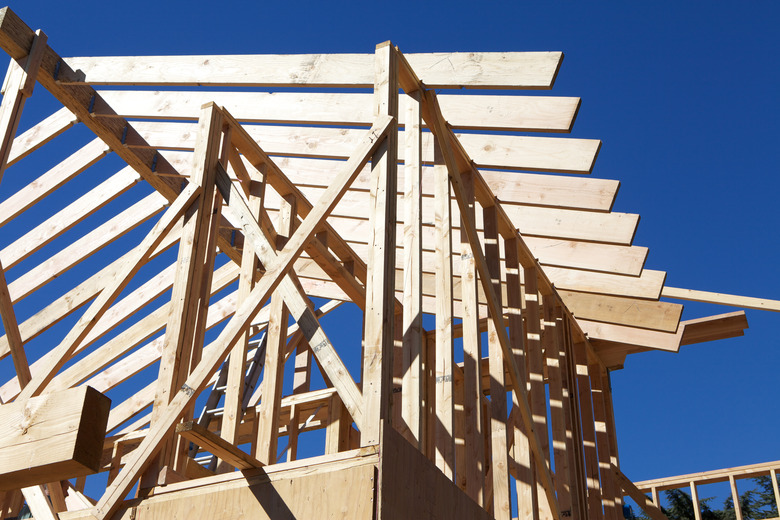The Best Type Of Lumber For Framing
All wood isn't created equal. Some wood works best for fires, while others create structures that will stand for generations. Finding the best wood for framing a house is a matter of size, form and type. Understand the best framing lumber species and not only will your structure be sturdy, but your project trouble-free – at least lumber-wise.
Definitions of Framing Lumber Species
Definitions of Framing Lumber Species
There are a few words to understand that describe framing lumber. This will assist you from the planning stage all the way through to the hard work of the building phase.
- Density is the strength of the wood and the weight. Denser wood has better structural strength, although it could be softwood, such as pine, spruce or Douglas Fir. Each of these has a flexibility factor that works well for buildings.
- Texture is the condition of the surface of the wood. It also refers to its overall stability. Texture is often used for a wood that will show on the exterior of a building and affect its final aesthetic finish.
- Color is the personality of the wood, from the pale hue of white pine to the vibrancy of redwood.
- The direction that the wood cell fibers grew before the tree was cut determines the wood grain. Every plank will be unique in its wood grain pattern.
Hardwoods have interesting grain patterns and a slower growing season than softwoods, making them a denser species. Softwoods, or evergreen trees, have a straighter grain and are better for construction projects due to their flexibility and closed grain structure.
Best Wood for Building
Best Wood for Building
There are a few species of wood that are good for building homes, depending on where you live. Oak, which is rare in certain areas of the lower 48, the hardy Western Red cedar, pine and spruce are all wood species that will build a sturdy home. A stud wood type that is favored is the Douglas Fir, known for its structural strength. The framing lumber species will change for each region, such as Douglas Fir-Larch in the west and Hem-Fir in the east. Some projects require more than one type of wood.
Stamp for Your Approval
Stamp for Your Approval
Each board you buy has a stamp that reveals its strengths and weaknesses. Select wood that has a superior grade stamp. This includes the manufacturer, moisture content, species and certification mark, as well as the grade. The grade needed for a load-bearing wall is a stud. The highest strength and best-looking grade are select structural. Grade No. 2 tends to be the best bet as it is a solid framing lumber that is also less expensive without looking as rough as a grade. No. 3 lumber.
